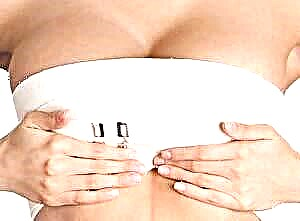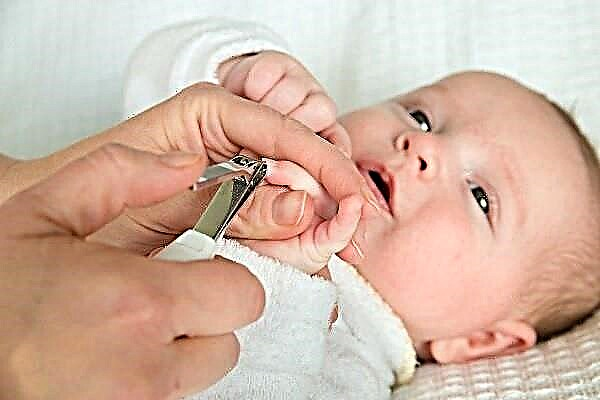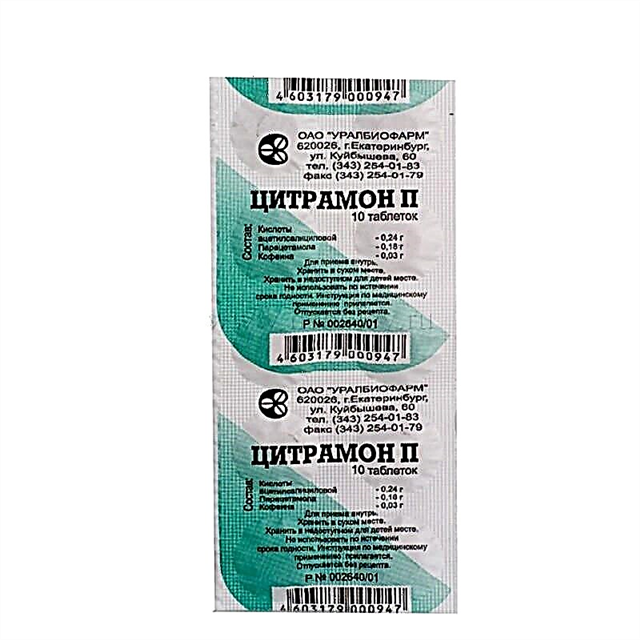Inhalation is an effective remedy for blocked sinuses and coughs. They are also used to treat more serious conditions such as bronchitis. By performing this procedure, you can not only improve the work of the respiratory tract, but also speed up the healing process. For infants, inhalation with a runny nose with saline is a mild, gentle way to relieve nasal congestion in conditions where the use of medications is undesirable or generally unacceptable.

Nebulizer inhaler
Nebulizer benefits
A nebulizer is a medical device designed to administer inhaled medications to treat respiratory diseases. It converts the liquid medication into small atomized particles so that the patient can inhale it through a mask or mouthpiece.
Thus, it is possible to conveniently and easily administer a drug that enters the airways directly, which causes fewer side effects than other methods.
Important! The use of a nebulizer for inhalation for a cold is recommended for a child only after consulting a pediatrician.
Nebulizer benefits:
- The biggest advantage of the nebulizer is that it allows the drug to be transported directly to the affected areas of the respiratory tract and has a quick effect with a minimum of side effects;
- The nebulizer inhaler is very convenient and easy to use;
- Possibility of use for infants;

Baby with a nebulizer
- It can be used with various drugs, as well as their combination;
- The dose of medication can be adjusted to adapt to the needs of the patient;
- The use of the drug relieves dry cough and promotes sputum removal;
- The air inhaled through the inhaler is an antiseptic. When it reaches the lungs, it travels through the respiratory tract, helping to destroy bacteria and viruses.
Contraindications for the procedure for infants
Despite the simplicity and effectiveness of the procedure, it has contraindications:
- high temperature (37 ° and above);
- the presence of nosebleeds;
- diseases of the heart and blood vessels;
- the presence of allergies to the components of medicines and solution;
- pneumonia, ear infections (otitis media), tonsils (tonsillitis) - this will complicate the course of the disease.
Important! Inhalation with ultrasound devices is contraindicated in the first year of life.
Features of inhalation for young children
Steam inhalation is the process of inhaling vapors from a heated liquid. This can be done by grown-up children and adults, but such procedures are impracticable for infants. In addition, the temperature of the steam may be too high, which could burn the upper respiratory tract.
The use of a nebulizer will eliminate the risk of burning the mucous membrane, since the temperature of the air with the particles of the active substance distributed in it does not reach dangerous values. The baby is put on a special mask that covers the mouth and nose so that he can simply breathe naturally.
The basis for the preparation of the drug used in the nebulizer is saline (NaCl). You can use it in its pure form or add other components there.

Saline bottle
How a child can breathe through a nebulizer with a runny nose is determined by the nature of his ailments:
- If a mother wants to inhale at home with small manifestations of a cold, one saline solution will be enough. Sometimes it is advised to add a drop of Kalanchoe juice there, but this can be dangerous for the baby;
Important! Prevention of viral infections by inhalation with medication will not help prevent them.
- Inhalation from snot to a child can be carried out using various herbs: chamomile, yarrow, etc.;
- To remove sputum, it is effective to make alkaline inhalation. The liquid used is a soda solution. You can prepare such a solution by stirring 1 teaspoon of baking soda in 1 liter of saline. Instead of soda, mineral water is suitable (preferably "Borjomi");
- A solution of sea salt helps in the fight against pathogenic microorganisms, prevents the development of complications.
Important! The use of medicines for inhalation is permissible only as prescribed by a doctor.
Children's doctor Komarovsky, whose opinion is listened to by many parents, agrees with the effectiveness of inhalations, but emphasizes the need for comprehensive treatment in close contact with specialists who must prescribe the procedure. In addition, he does not approve of the use of essential oils (eucalyptus, etc.) and herbs for inhalation in babies with a runny nose due to the risk of allergic reactions.
Inhalation rules
The nebulizer is intended for personal use, so each child should have their own tube, mask, and medicine reservoir in order to protect the baby from the spread of infections.
Inhalation rules:
- Infants under 12 months and young children under 4 years of age need to breathe through the mask;
- Before preparing a solution for inhalation, you need to thoroughly wash your hands with soap and water;
- The solution is prepared immediately before use;
- For infants and young children, a low-speed nebulizer is used (1-2 milliliters per minute);
- The solution for inhalation must be heated to approximately body temperature, otherwise bronchospasm may occur, as a reflex to cold air with sprayed particles.
- It is better to do the procedure by taking the child in your arms;

Inhalation for babies
- The mask is worn so as to completely cover the mouth and nose, but not the eyes;
- The duration of the procedure should not exceed 3 minutes. During it, you can give the baby one of his favorite toys, talk to him, distracting;
- At the end of the process, you need to offer the child water or feed him with breast milk in order to remove the remnants of drugs that can remain in the mouth (only in the case of using drugs!);
- After the procedure, you need to wash your baby's face to prevent skin irritation;
- Inhalation is not allowed immediately after eating;
- Sometimes you can find recommendations about the convenience of using a nebulizer while your baby is sleeping. This is not true. When a child sleeps, he breathes through his nose, his breathing is shallow. Therefore, the drug will not be able to enter the respiratory tract, and its effect will be minimal;
- Sterilization of nebulizer elements in boiling water is prohibited. They are predominantly made of plastic and can be deformed.
Important! It is not recommended to treat the baby with an inhalation device if he is afraid and cries.

The kid doesn't like the inhaler
What should not be poured into the device
It is forbidden to pour self-prepared herbal infusions into the device, since there is always a danger of exceeding the concentration of the active ingredients. For nebulizers, pharmacies sell special herbal formulations, for example, "Tonsilgon", which are diluted in saline in a 50:50 ratio.
When using mineral water, you only need to buy it at the pharmacy. Before using, you must wait for the gas to come out of the mineral water. Dispersed particles must be larger than 3 microns. However, not all nebulizers have the ability to change dispersion. Many doctors say that mineral water cannot be used at all in devices of this type, but only in steam inhalers.

"Tonsilgon" for inhalation
You can also find advice on using essential oils for inhalation. If they enter the lungs, such substances can cause enormous harm, not to mention the fact that they can provoke allergic reactions.
Important! It is strictly forbidden to crush tablets for use in a nebulizer, pour medicinal syrups there, even diluted ones.
The availability of small, convenient and easy-to-use nebulizers has made inhalation an affordable treatment method in every home. However, inhaling saline spray is not the only treatment for upper respiratory infections. In addition, the method has a number of contraindications. Therefore, a doctor's consultation is always necessary before using a nebulizer.



